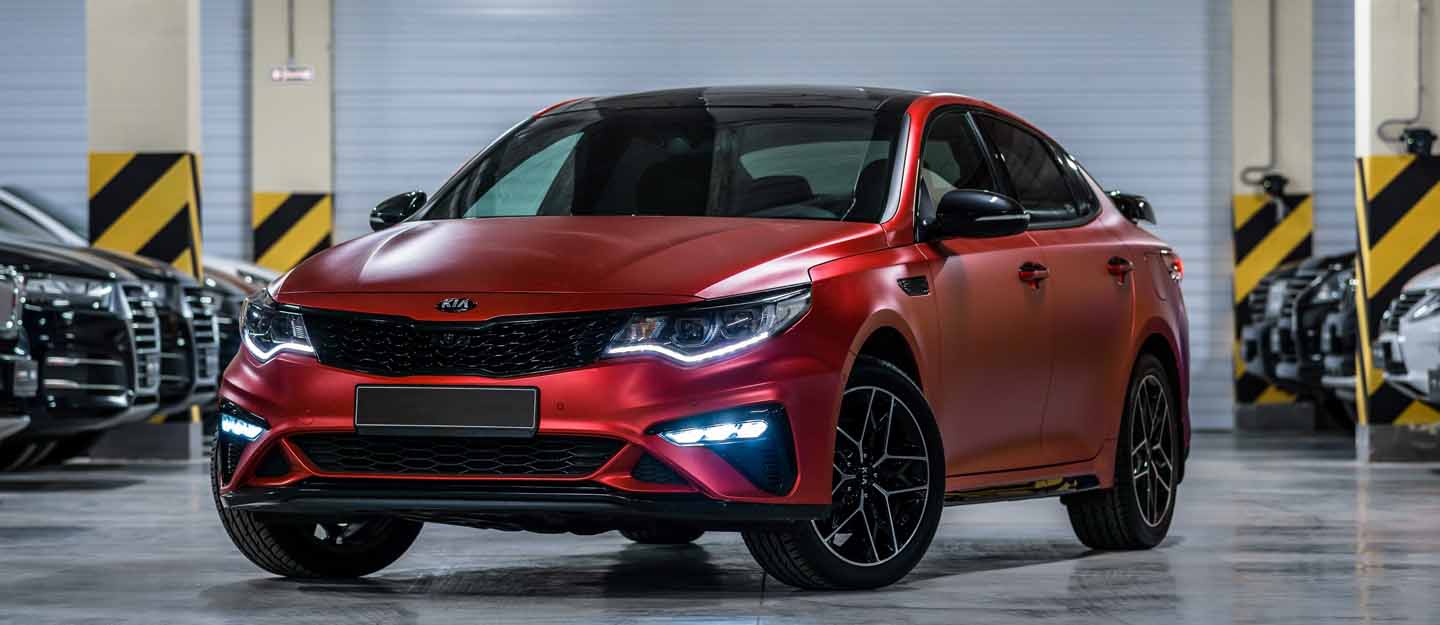In the world of rideshare driving, your car is more than transportation—it’s your office, your co-worker, and your biggest investment.
Whether you’re running for Uber, Lyft, or any local service, the demands placed on your vehicle are brutal: endless stop-and-go traffic, frequent passenger entry and exit, high daily mileage, and often little downtime between shifts. That’s why choosing the right car for rideshare duty is critical.
Some vehicles are simply built to endure this kind of punishment. They thrive under pressure, rack up 200,000+ miles without complaint, and only require basic maintenance along the way.
These cars become trustworthy tools of the trade, helping drivers earn more by minimizing repair downtime and maximizing fuel economy.
But not every car can handle the gig. Some models, despite looking like smart choices upfront, begin falling apart under rideshare stress.
Weak transmissions, fragile electronics, or expensive maintenance cycles turn them into financial headaches—and the cost of breakdowns quickly eats into any potential earnings.
This feature covers both ends of the spectrum. First, we’ll highlight five rideshare cars that stand the test of time, then look at five that break fast when used for professional driving. If you plan to drive for dollars, this list could make or break your success.
Also Read: 5 Manual Transmissions That Never Quit and 5 That Grind Constantly
5 Rideshare Cars With Long Lives
Rideshare drivers put their cars through one of the toughest automotive tests imaginable. Unlike most owners, who average 10,000–15,000 miles per year, rideshare vehicles can easily log 40,000–70,000 miles annually.
That means what would be five years of wear and tear for a regular driver happens in just one or two for a rideshare pro. It’s a cycle of constant use—idling, restarting, crawling through city streets, cruising on highways, and carrying strangers day in and day out.
Under that kind of pressure, most cars eventually fold. But a few rise to the challenge, earning reputations as true workhorses in the rideshare world.
These are vehicles that routinely pass the 200,000-mile mark, sometimes even reaching 300K or more, while still running reliably.
What makes them special isn’t high-tech gimmicks or sleek designs—it’s smart engineering, simple drivetrains, strong parts support, and low-cost maintenance.
We’ve picked these five vehicles because they’ve proven themselves in the field—not just in marketing materials or owner forums, but in the real-world grind of full-time rideshare duty. Mechanics praise them. Fleet owners buy them in bulk.
And drivers, especially those who depend on every dollar, keep returning to them because they just don’t quit.
If you’re entering the rideshare game or replacing a vehicle that’s already seen better days, this list is built for you.
These cars deliver the holy trinity of rideshare ownership: longevity, affordability, and dependability. You won’t win drag races in them, but you’ll win where it matters—on the balance sheet.
1. 2014–2019 Toyota Prius (Gen 3 & Early Gen 4): The King of High-Mileage Rideshare Cars
If there’s a single vehicle that dominates rideshare fleets around the world, it’s the Toyota Prius. Specifically, the 2014–2019 models, which include the latter years of the third generation and the early fourth-gen redesign.
These cars have proven themselves in cities like New York, Los Angeles, and Chicago, routinely pushing past 300,000 miles with only basic maintenance. For full-time drivers, the Prius isn’t just reliable—it’s practically legendary.
At the heart of the Prius’s appeal is its hybrid drivetrain, which combines a 1.8L four-cylinder gasoline engine with Toyota’s Hybrid Synergy Drive system.
While hybrid batteries in some vehicles are a liability, Toyota’s system is incredibly robust, with many original battery packs lasting well beyond 200K miles. Even when they do fail, replacements are more affordable now thanks to aftermarket support and refurbished units.
Fuel economy is another game-changer. The Prius delivers 50+ mpg, which translates to major savings for drivers who put in hundreds of miles each day.
Combined with a reputation for low brake wear (thanks to regenerative braking) and minimal engine stress, it’s a car that’s cheap to run and slow to age.
Inside, the Prius is purpose-built for commuting. It’s not luxurious, but it offers ample headroom, decent rear-seat space, and a hatchback layout that makes airport runs and grocery drops equally easy.
The interior materials hold up surprisingly well under heavy use, and the electronics—from climate controls to navigation—are built with simplicity and durability in mind.
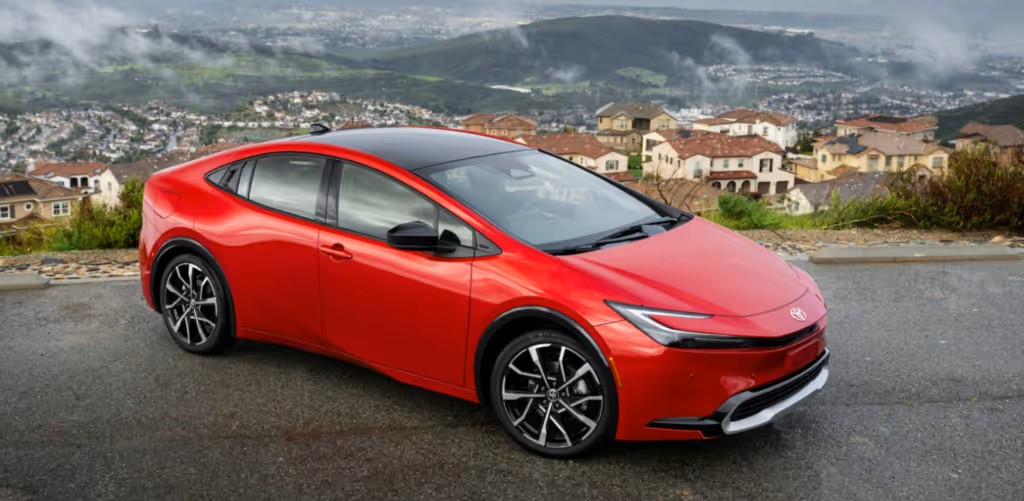
Mechanically, Toyota’s attention to long-term durability is evident everywhere. The powertrain rarely fails, the CVT-style transmission is smooth and stout, and the suspension components are inexpensive to replace when they eventually wear out. It’s also one of the easiest hybrids for independent mechanics to service.
We’re including the 2014–2019 Prius not just because it survives rideshare duty—it thrives in it. For drivers focused on uptime, fuel economy, and predictable costs, the Prius is more than a car—it’s a dependable business partner.
If you’re looking for a vehicle that can run 8–12 hours a day, 7 days a week, this hybrid should be at the top of your list.
2. 2012–2017 Honda Accord (4-Cylinder Models): Unshakable Reliability in a Comfortable Package
The 2012–2017 Honda Accord, particularly in its 2.4L 4-cylinder variants, is one of the most trusted midsize sedans for rideshare drivers who prioritize comfort, dependability, and low operating costs.
While not a hybrid, the Accord makes up for it with bulletproof engineering, a roomy interior, and the kind of refined driving experience that keeps both drivers and passengers happy—even after hours on the road.
The 2.4L i-VTEC engine is among the most durable in the industry. It’s non-turbocharged, chain-driven, and proven to last well over 300,000 miles with basic care.
The engine pairs with either a 6-speed manual (rare in rideshare) or a CVT or 6-speed automatic depending on trim and year.
Unlike some rivals, Honda’s CVTs in this generation—while not perfect—have held up surprisingly well in long-term use when serviced properly.
Fuel economy is another strength. Even without a hybrid system, the Accord delivers 27–36 mpg, which is impressive for a spacious midsize sedan.
And because there’s no complex battery or electric motor system, maintenance is both predictable and affordable, especially when it comes to oil changes, brake service, and suspension upkeep.
Inside, the Accord offers what many rideshare drivers love most: passenger comfort and quiet cabin quality. The rear seats are roomy enough for tall passengers, while the front seating position is ergonomic and easy to live with during long shifts.
Trunk space is generous—ideal for airport runs—and the overall ride quality feels composed even on bumpy city roads.
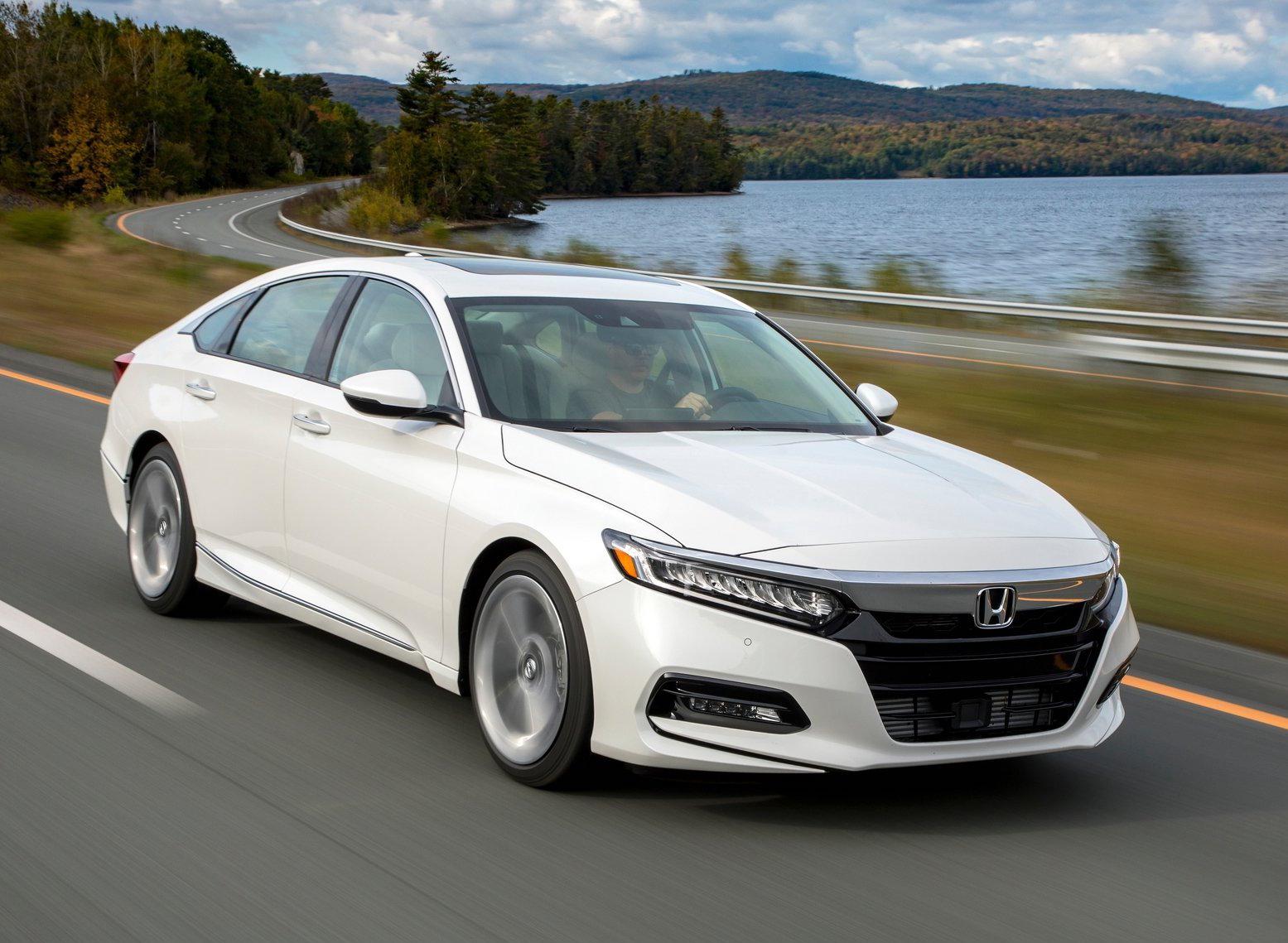
Where the Accord really shines is its overall cost of ownership. Parts are affordable and widely available, and most independent shops can perform major repairs without dealer intervention.
Electrical systems are relatively simple and durable, and things like climate control, infotainment, and power windows hold up well to daily use.
We’re including the 2012–2017 Honda Accord because it delivers the perfect balance of ride comfort, driver confidence, and longevity.
It’s a car that doesn’t need special attention, doesn’t wear out fast, and keeps drivers in business with fewer headaches and more time on the road. For many, it’s the definition of a rideshare workhorse.
3. 2011–2017 Hyundai Elantra: Budget-Friendly, High-Mileage Champion
The 2011–2017 Hyundai Elantra may not be the flashiest name in rideshare fleets, but it has quietly earned a reputation as one of the most affordable and durable compact sedans for high-mileage work.
Especially when regularly maintained, the Elantra has proven it can reach 250,000+ miles with minimal fuss—making it a favorite among budget-conscious rideshare drivers and fleet operators alike.
At the core of the Elantra’s longevity is its 1.8L or 2.0L non-turbocharged engine, depending on model year.
These engines are simple, time-tested, and generally free of complex components that can fail under stress—no turbochargers, no hybrid systems, and no exotic parts.
When paired with the standard 6-speed automatic transmission, the drivetrain provides reliable, fuel-efficient service that holds up surprisingly well even under grueling city conditions.
The Elantra delivers 30–40 mpg, depending on driving conditions and trim, which makes a significant difference when you’re logging thousands of miles each month.
That efficiency—combined with low maintenance costs—means higher net earnings for full-time drivers. Oil changes, brake jobs, and suspension parts are inexpensive and widely available.
Inside, the Elantra doesn’t scream luxury, but it’s comfortable and surprisingly well-equipped for its price point. Later model years in this generation offer Bluetooth, steering wheel controls, and even heated seats in some trims.
The cabin is quiet enough for long shifts, and passengers will find the back seat sufficient for short to medium trips.
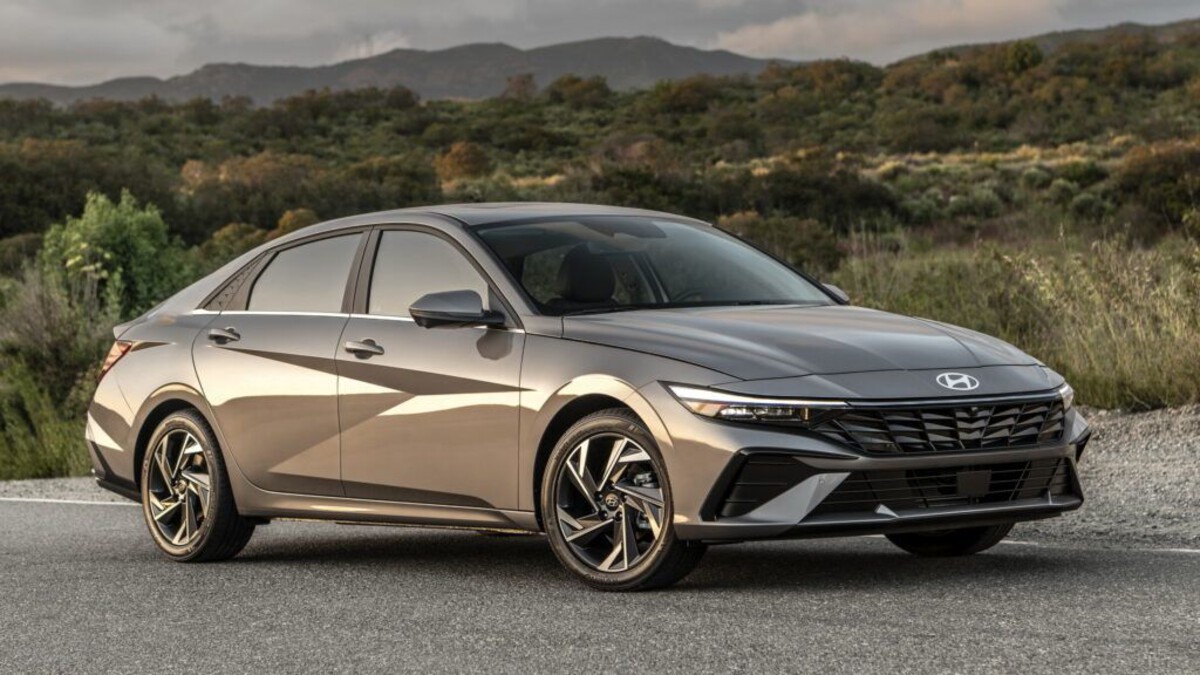
The Elantra also earns high marks for parts availability and ease of service. Hyundai has sold millions of these globally, which means finding replacements is never a problem. Plus, many components are shared across the Hyundai/Kia lineup, further reducing repair costs.
We’re including the 2011–2017 Elantra because it’s a value-packed commuter that thrives in rideshare use. It may not have the nameplate prestige of a Honda or Toyota, but it consistently delivers low ownership costs, solid reliability, and excellent fuel efficiency.
For drivers who want a no-nonsense car that gets the job done day after day, the Elantra is an unsung hero that keeps showing up—and paying off.
4. 2015–2020 Toyota Camry (4-Cylinder Models): Unmatched Durability with Business-Class Comfort
The 2015–2020 Toyota Camry, particularly in its 2.5L 4-cylinder configuration, stands as one of the most dependable sedans ever made—and it’s an all-star in the rideshare world.
From airport shuttles to city pickups, this Camry generation combines near-bulletproof mechanicals with upscale comfort, making it a smart choice for drivers who rack up heavy mileage and still want their car to feel solid after 200,000+ miles.
At the core of its durability is Toyota’s 2.5L naturally aspirated engine, one of the most reliable four-cylinder engines ever built.
It delivers a balanced 178–203 horsepower (depending on year and tuning), excellent fuel efficiency (up to 41 mpg on the highway), and a maintenance record that’s as clean as they come.
Paired with a proven 6-speed automatic (pre-2018) or 8-speed automatic (from 2018 onward), the powertrain is smooth, efficient, and resistant to abuse.
What makes the Camry shine in rideshare, though, is passenger comfort and interior longevity. The rear seat has limousine-like legroom for a midsize car, and the ride is soft without feeling floaty.
Road noise is well suppressed, climate control is effective in all seasons, and materials used in high-touch areas—like seats, knobs, and switches—hold up better than most competitors, even under constant use.
The Camry is also low-stress to maintain. Oil changes, brakes, suspension parts, and spark plugs are all straightforward to service and rarely fail early. Toyota’s parts network is vast, and repair costs are consistently low for a car in this class.
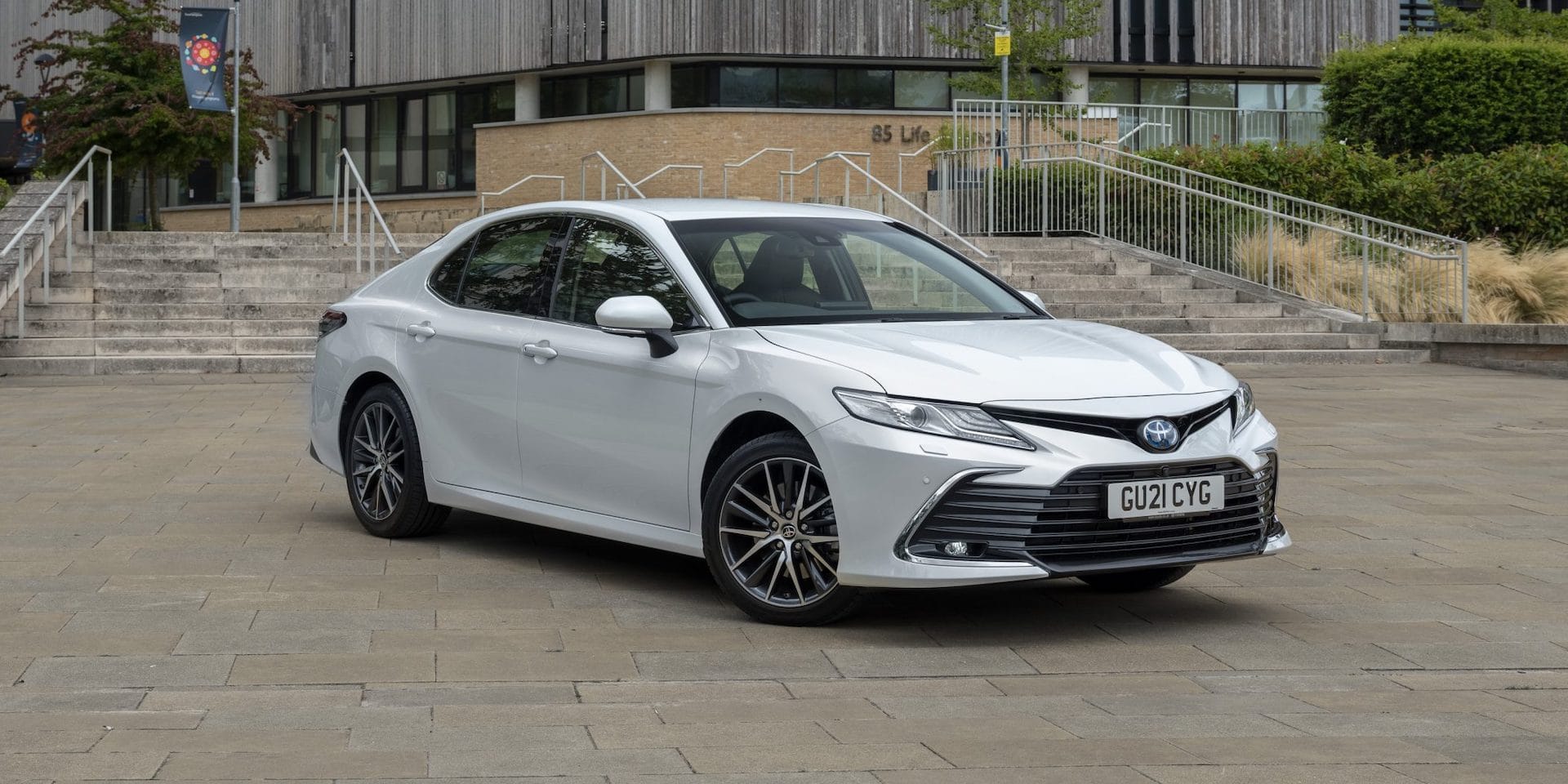
Reliability ratings are near the top of every consumer survey, and many mechanics recommend the Camry above all others for drivers who need high uptime.
We’re including the 2015–2020 Camry because it checks every box a rideshare driver should care about: longevity, fuel economy, comfort, and low ownership cost.
It’s a car that can easily handle 60,000+ miles per year without skipping a beat—and without making your passengers feel like they’re in a tired old workhorse.
5. 2011–2016 Lexus ES 350: Luxury That Lasts—and Pays for Itself
It might surprise some people, but the 2011–2016 Lexus ES 350 is one of the most underrated, long-lasting cars used by savvy rideshare drivers who want a mix of durability and upscale passenger experience.
Underneath the luxury badge, this ES shares much of its platform and drivetrain with the Toyota Camry and Avalon—two of the most reliable sedans ever made. What you get is Toyota’s proven reliability wrapped in a more comfortable, refined, and quiet package.
At the heart of the ES 350 is the 3.5L V6 engine, a naturally aspirated workhorse that delivers smooth power with minimal stress. It’s mated to a traditional 6-speed automatic transmission—no CVT, no turbocharger, no hybrid battery—just good old-fashioned durability.
Many owners report crossing 250,000 to 300,000 miles with nothing more than standard maintenance like oil changes, brake pads, and fluid flushes.
While V6 engines usually consume more fuel, the ES manages a respectable 21–31 mpg, which is acceptable for full-time drivers when weighed against its luxury-level comfort and reliability.
In a competitive rideshare market, a Lexus badge also helps attract more premium passengers, especially for services like Uber Select or Lyft Lux.
The cabin of the ES 350 is where it really earns rideshare points. It’s whisper-quiet, the seats are plush enough for 10-hour shifts, and passengers frequently comment on the smooth ride and rich materials.
Rear-seat space is ample, the climate control is dual-zone and fast-acting, and even base models come with upscale amenities.
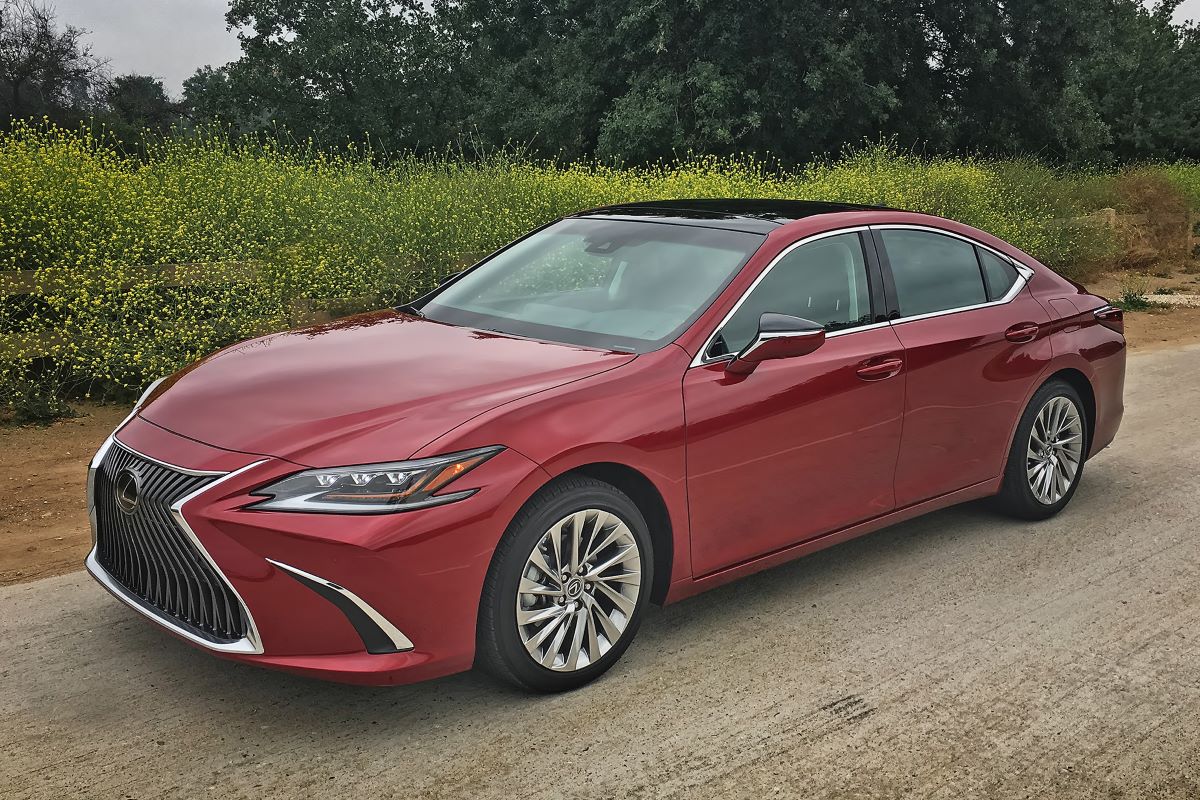
Maintenance and repairs, despite the Lexus name, are surprisingly affordable thanks to parts sharing with Toyota. Independent mechanics can easily service this car, and long service intervals make it a less demanding vehicle to own over time.
We’re including the 2011–2016 Lexus ES 350 because it offers a unique blend of reliability, comfort, and upscale appeal that thrives in rideshare use.
For drivers who want something with staying power that also elevates the passenger experience, this Lexus isn’t just a smart buy—it’s a long-term asset.
5 Rideshare Cars That Break Fast
For every dependable workhorse in the rideshare world, there’s a car that just can’t handle the pressure. While some vehicles are engineered to take on high mileage and rough conditions, others crack under the daily grind—often much sooner than expected.
And for rideshare drivers, the cost of breakdowns isn’t just financial—it’s lost income, canceled rides, angry passengers, and the headache of finding alternative transportation when your car is in the shop.
The truth is, not all vehicles are designed with high-volume driving in mind. Some are built for light family use, not nonstop duty cycles with constant stop-and-go traffic, passengers sliding in and out, and back-to-back 12-hour shifts.
Even if a car seems like a deal at first—low MSRP, good fuel economy, stylish features—its underlying reliability and maintenance profile will reveal the real cost over time.
The cars in this list have earned reputations for falling short in rideshare duty. Whether it’s transmission failures, weak electronics, fragile interiors, or just costly parts, they become more trouble than they’re worth when put through heavy use.
We’re not saying they’re bad cars outright—but for rideshare, they’re a gamble few drivers can afford to take.
This list exists to help rideshare drivers avoid the most common traps: cars that seem affordable but break down too early, drain your wallet in repairs, or spend more time off the road than on it.
If you’re depending on your car to make a living, these are models you may want to think twice about.
1. 2012–2016 Ford Focus (PowerShift Transmission Models): The Rideshare Nightmare Disguised as a Deal
On the surface, the 2012–2016 Ford Focus looked like a smart buy for rideshare drivers: affordable, fuel-efficient, easy to park, and often available at steep discounts on the used market.
But many drivers quickly found out why these cars were so cheap—they came with one of the most problematic transmissions in recent automotive history: Ford’s infamous PowerShift dual-clutch automatic.
Designed to provide the fuel savings of a manual with the convenience of an automatic, the PowerShift instead became the bane of high-mileage drivers everywhere.
In stop-and-go city traffic—exactly where rideshare cars spend most of their lives—the transmission would shudder, slip, jerk between gears, and occasionally even fail to engage altogether. For drivers, this meant reduced drivability, lost confidence, and frequent (and costly) trips to the dealer.
Though Ford issued multiple software updates and even extended the warranty, the core mechanical flaws remained.
Clutch packs and control modules often needed replacing every 40,000–60,000 miles—a death sentence for rideshare drivers who easily rack up that distance in a year or less.
Beyond the transmission, the Focus had other weaknesses under rideshare conditions. The interior materials were flimsy, showing wear far too early from constant passenger use.
The infotainment system (MyFord Touch) was notoriously glitchy, and dashboard controls often failed or became unresponsive. Even basic things like door latches, window regulators, and rearview cameras had above-average failure rates.
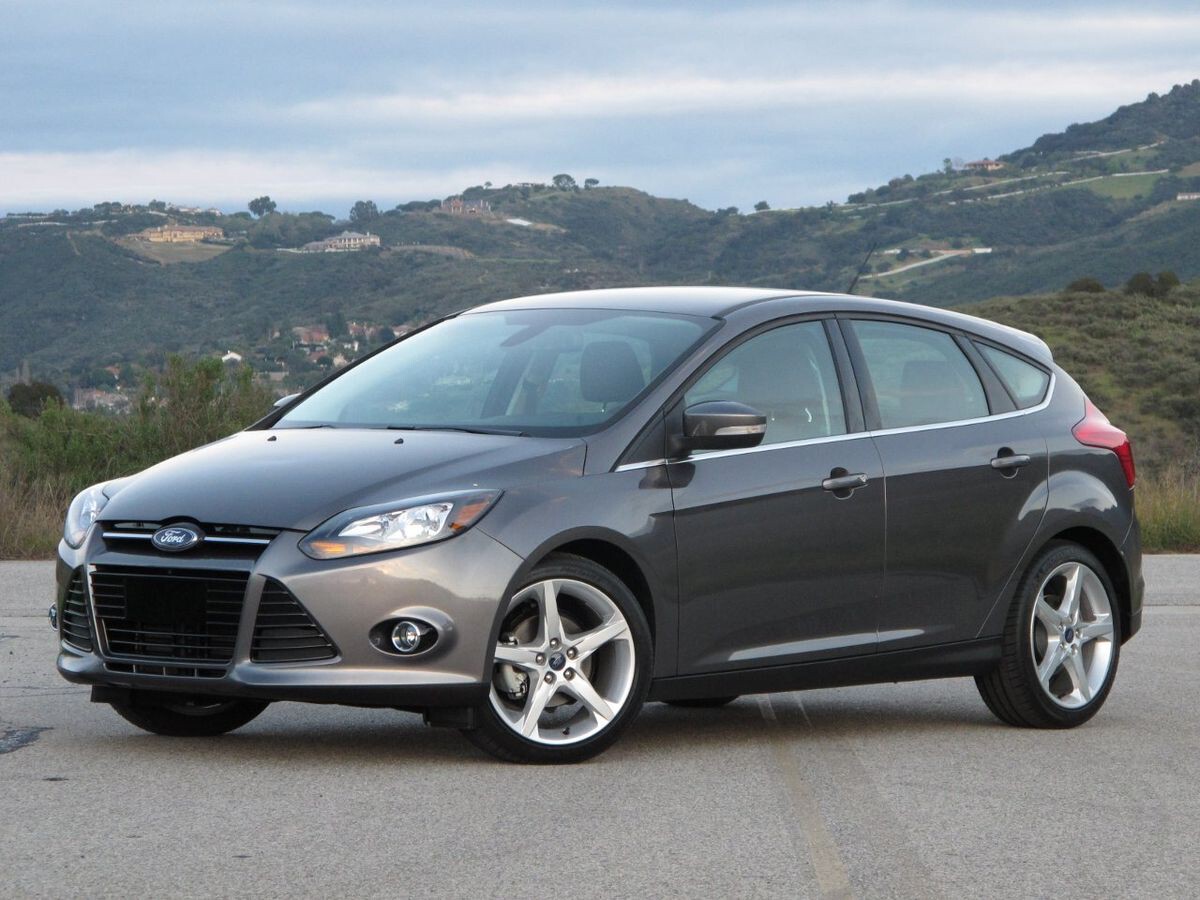
The 2.0L engine itself wasn’t terrible, but paired with a transmission that couldn’t be trusted, its modest performance couldn’t make up for the unreliability.
Suspension and steering components also aged quickly under rideshare loads, especially when exposed to bad urban roads or speed bump-filled neighborhoods.
We’re including the 2012–2016 Ford Focus because it’s the perfect example of a car that collapses under rideshare pressure.
While it might seem like a smart, budget-friendly choice at first, the cost of downtime, repairs, and frustrated passengers can quickly outweigh any fuel savings. For drivers trying to stay profitable and on the road, this is one car that just can’t keep up.
2. 2013–2015 Nissan Altima (2.5L CVT Models): Big Promises, Bigger Repair Bills
The 2013–2015 Nissan Altima seemed like a perfect match for rideshare duty at first glance: roomy, fuel-efficient, and priced lower than most midsize competitors on the used market.
With its sleek design and comfortable cabin, many drivers saw it as an affordable upgrade from smaller compact sedans. But what looked good on paper turned out to be a time bomb for high-mileage users—all thanks to one critical weakness: its transmission.
Nissan’s continuously variable transmission (CVT) in these Altimas is notorious for premature failures, especially when subjected to the daily grind of rideshare work.
High temperatures, repeated stop-and-go use, and extended driving hours quickly overwhelm the CVT’s cooling system and internal components. The result? Slipping, shuddering, delayed engagement, or complete transmission failure—often before 100,000 miles.
While Nissan did extend warranty coverage for some owners, many rideshare drivers weren’t so lucky, facing repair bills north of $3,500 for a transmission replacement.
And unlike traditional automatics, these CVTs can’t be rebuilt easily or cheaply; full replacements are often the only option.
Beyond the transmission, the Altima suffers from interior quality issues under frequent use. The seats lose their cushioning early, door handles and switches break easily, and cabin plastics wear or rattle.
The infotainment system, already basic for the time, tends to freeze or lag, and electrical gremlins like faulty door sensors and window switches are common.
Even the 2.5L four-cylinder engine, while not inherently unreliable, becomes noisy and strained with high mileage—especially when paired with a failing CVT.
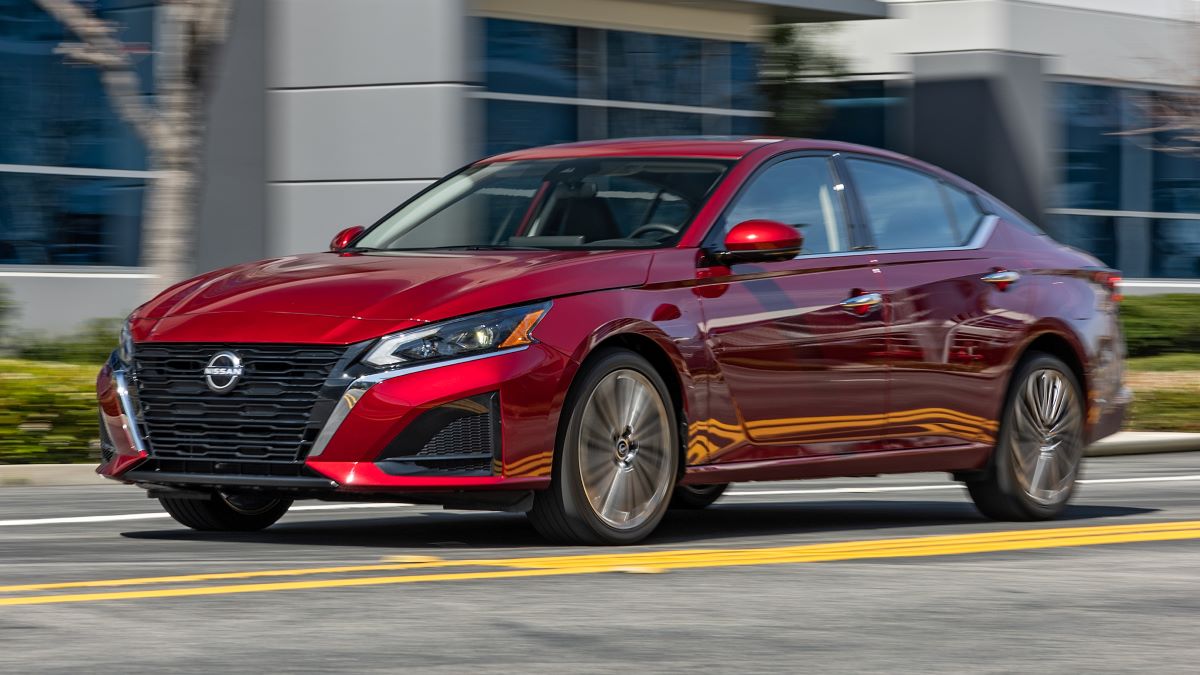
Oil consumption and cooling system leaks also start to creep in around the 80,000–100,000 mile mark, further pushing up maintenance costs.
We’re including the 2013–2015 Altima because it represents a classic “looks good, doesn’t last” trap for rideshare drivers. It may be comfortable and cheap to buy, but under the pressure of daily driving and heavy passenger turnover, it just can’t keep up.
For full-time drivers who need reliability over the long haul, the Altima is more likely to end up as a short-term burden than a long-term solution.
3. 2012–2017 Chevrolet Sonic: Small Size, Short Lifespan
The 2012–2017 Chevrolet Sonic was introduced as a small, affordable car that could compete in the subcompact market.
With youthful styling, hatchback practicality, and city-friendly proportions, it quickly became popular among rideshare drivers looking for a low-cost entry point.
Unfortunately, the Sonic’s affordability came with compromises—particularly in the areas of engine durability, interior longevity, and overall build quality.
At the heart of the problem is the 1.4L turbocharged engine, found in many Sonic trims. While it promised better performance and fuel economy, it became infamous for turbocharger issues, coolant leaks, cracked pistons, and head gasket failures—often appearing before the 100,000-mile mark.
For rideshare drivers putting on tens of thousands of miles annually, that kind of unreliability spells disaster.
Even the base 1.8L engine wasn’t immune to problems, suffering from timing belt issues and rough idling as it aged.
Coupled with sluggish automatic transmissions that wore out early, the drivetrain couldn’t keep up with the demands of full-time, high-mileage duty. Repairs quickly add up, especially when out of warranty.
Inside, the Sonic’s small-car roots show. Rear seat space is tight for adult passengers, and the interior materials degrade rapidly with regular use.
Armrests crack, seat fabric rips, and dashboard plastics fade or warp when exposed to constant sunlight and daily wear. For rideshare use, where the cabin needs to be presentable at all times, the Sonic ages fast and poorly.
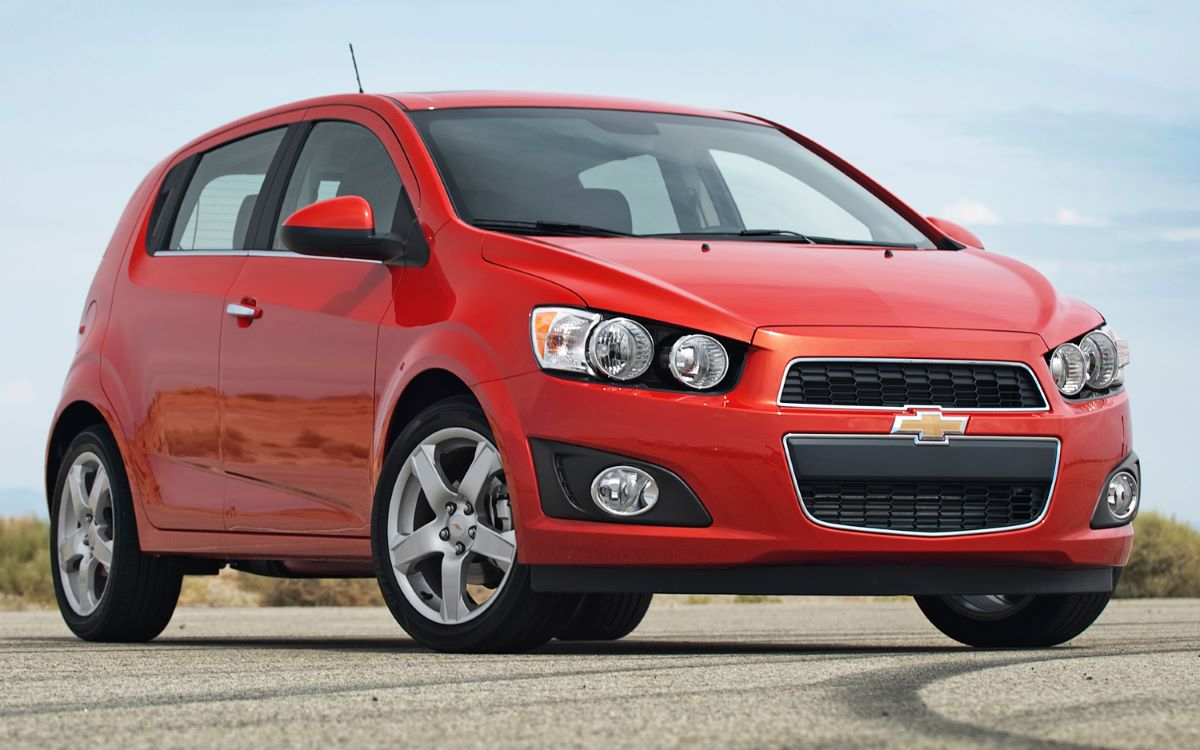
Electronics are also a sore spot. The MyLink infotainment system in later models often glitches or freezes, while earlier models offered little in the way of modern connectivity.
Power locks, windows, and even the horn are frequent failure points, and parts replacement is often more complicated than expected.
We’re including the Chevrolet Sonic because it simply wasn’t built to go the distance. While it may work fine for occasional use or short commutes, rideshare work exposes its weak points quickly.
Between mechanical problems and rapid cabin wear, the Sonic turns from budget-friendly to budget-busting faster than most drivers can anticipate.
4. 2014–2018 Jeep Cherokee (2.4L Tigershark Engine): SUV Style, Economy-Car Fragility
The 2014–2018 Jeep Cherokee, particularly the base models with the 2.4L Tigershark four-cylinder engine, attracted plenty of rideshare drivers who wanted SUV versatility on a sedan budget.
With its rugged looks, available AWD, and high seating position, it promised both driver confidence and passenger comfort. But beneath the surface, the Cherokee harbored serious reliability issues that quickly unraveled under the strain of full-time rideshare work.
The biggest red flag is the 2.4L Tigershark engine, which has a well-documented issue with excessive oil consumption.
Many owners report having to add a quart or more of oil between changes, and in some cases, the engine runs dangerously low before the driver even notices—leading to catastrophic failures.
Jeep issued technical service bulletins, but never a full recall, meaning many drivers were left with engine replacements well before 100,000 miles.
Pair that engine with the 9-speed automatic transmission, another sore spot, and you have a drivetrain that just can’t cope with the daily stress of stop-and-go rideshare routes.
Transmission hesitation, jerky shifts, and outright failure have plagued this unit since its debut. Revisions over the years improved it slightly, but many 2014–2016 models remain ticking time bombs.
Beyond the drivetrain, the Cherokee’s electronics and interior hardware tend to give out early. The infotainment system freezes, backup cameras glitch, and door modules randomly fail.
The interior, while comfortable at first, doesn’t hold up to repeated passenger use—seat fabrics wear thin, buttons stick or fall off, and door panels rattle.
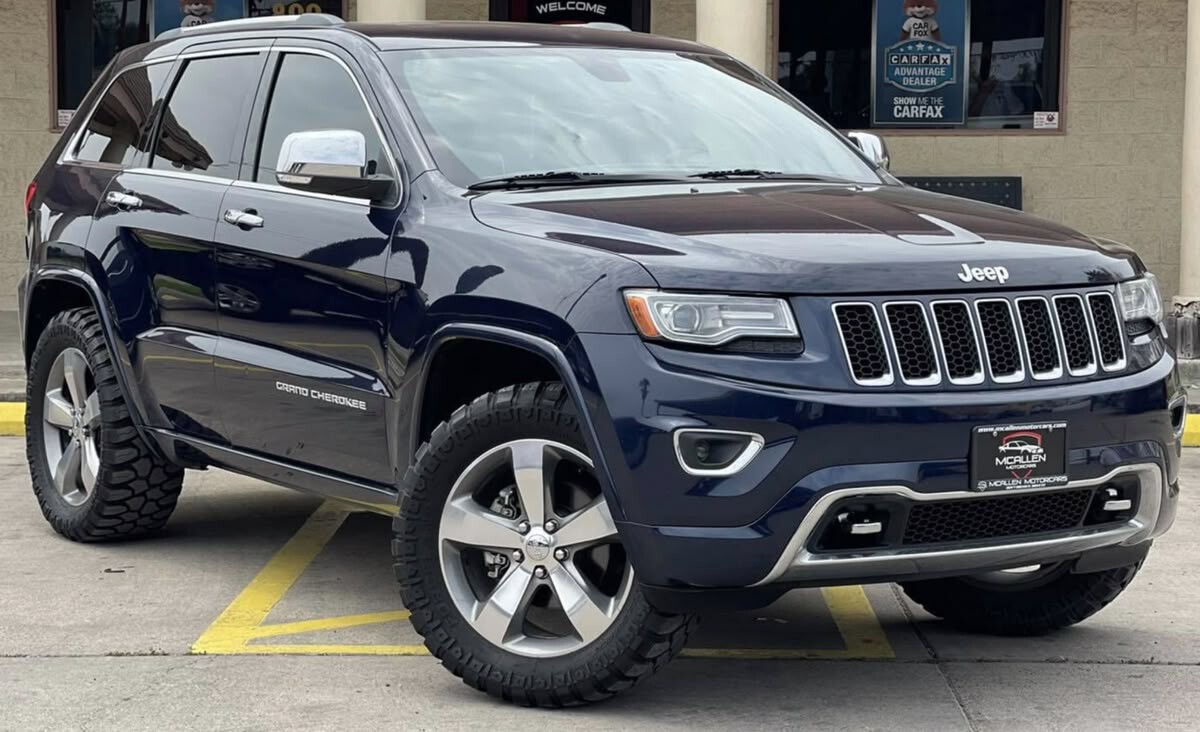
Fuel economy is also underwhelming for a rideshare vehicle, with the 2.4L models averaging only 20–25 mpg, far less than more reliable midsize sedans.
For drivers putting in hundreds of miles a week, that’s a serious hit to profitability—especially when paired with rising repair costs.
We’re including the 2014–2018 Jeep Cherokee because it looks ready for the long haul but breaks down well before the finish line.
Its SUV appeal doesn’t make up for its fragile powertrain, interior wear issues, and long-term maintenance costs. For rideshare drivers, this Jeep is a risky gamble that too often ends with regret.
5. 2015–2019 Kia Optima (1.6T and 2.4L Gas Models): Good Looks, Short Lifespan
The 2015–2019 Kia Optima turned heads with its sleek design, roomy cabin, and attractive price tag—making it a compelling option for rideshare drivers looking for a comfortable midsize sedan without breaking the bank.
But over time, this generation of Optima proved to be far more style than substance, with a series of drivetrain and quality control issues that made it a poor fit for high-mileage, commercial use.
The trouble starts with its engines. The base 2.4L naturally aspirated four-cylinder may seem simple, but it has been plagued by premature engine wear and bearing failures, often linked to poor oil circulation.
These issues can lead to engine seizure, sometimes with little warning. Even worse, the smaller 1.6L turbocharged engine, available in Eco trims, introduced complexity without added durability—turbo issues, carbon buildup, and expensive maintenance all became common before 100,000 miles.
While Kia extended warranties for some engine problems, repairs often meant long waits for parts or outright replacements, taking rideshare vehicles off the road for weeks—an earnings killer for full-time drivers.
The transmissions, particularly the dual-clutch 7-speed paired with the 1.6T, also struggled in real-world use.
Many drivers reported harsh shifting, gear hunting, and clutch failures. In rideshare conditions—where constant acceleration, deceleration, and city driving are the norm—these weaknesses surfaced quickly.
Interior durability also raised concerns. While the Optima initially feels upscale, the materials wear poorly with constant use.
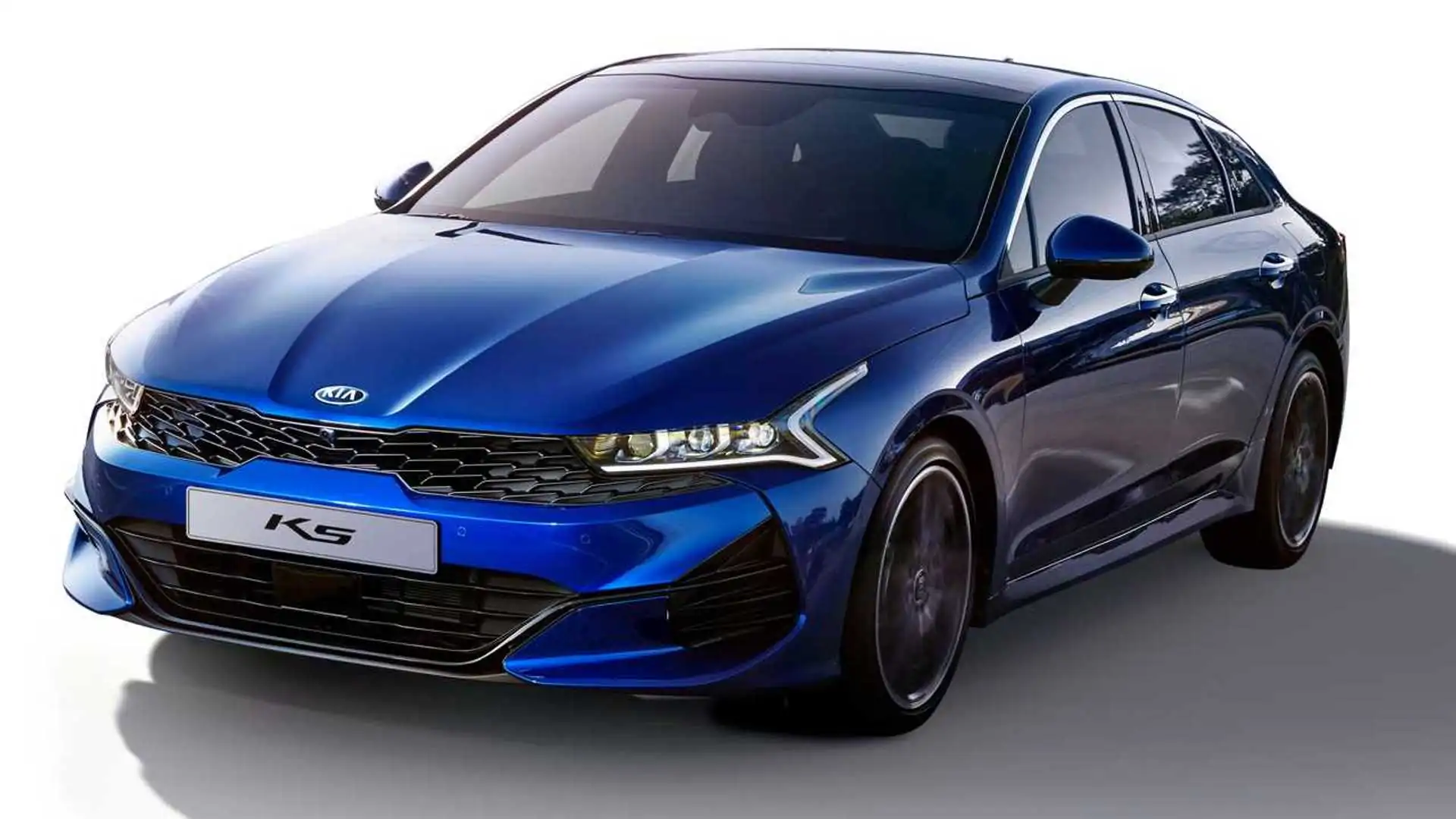
Seat bolsters flatten, buttons fade, door handles break, and trim rattles emerge early in the car’s life. The infotainment systems, though modern, are prone to lag and software hiccups.
Even fuel economy, which should be a selling point, is only average—hovering around 24–32 mpg, which doesn’t make up for the higher-than-average repair frequency.
We’re including the 2015–2019 Kia Optima because it represents the gap between showroom appeal and real-world reliability.
It may satisfy for short commutes or occasional family use, but under the relentless demands of rideshare work, it breaks down far too quickly—turning what looked like a smart investment into a recurring expense.
In rideshare driving, the difference between profit and loss is often measured not in big moments but in the small, repeated experiences—smooth pickups, worry-free highway miles, and a car that starts every morning without hesitation.
Choosing the right car isn’t just about personal taste; it’s about building a business foundation that can survive constant wear, heavy passenger turnover, and the unpredictable nature of city driving.
The five long-lasting rideshare cars we’ve highlighted—the Toyota Prius, Honda Accord, Hyundai Elantra, Toyota Camry, and Lexus ES 350—have something in common: they’re mechanically simple, well-engineered, and time-tested.
They don’t just save fuel; they save downtime. They don’t just handle well; they hold up under pressure. For full-time drivers, these vehicles aren’t just transportation—they’re dependable partners that help you earn more and stress less.
On the flip side, the “break fast” cars—the Ford Focus, Nissan Altima, Chevy Sonic, Jeep Cherokee, and Kia Optima—are cautionary tales.
Many were designed with good intentions or clever technology, but in the harsh reality of rideshare use, they reveal fragile drivetrains, poor interior durability, or frequent mechanical issues. For drivers putting in 40,000+ miles a year, even small issues become major liabilities.
There’s a simple truth rideshare drivers learn fast: your vehicle is either making you money or taking it from you. The goal isn’t to find the flashiest car or the cheapest monthly payment—it’s to find the one that keeps going, mile after mile, day after day, with minimal drama.
Whether you’re just getting started or replacing a worn-out veteran, let this guide help you make a smarter choice.
A good rideshare car won’t make you rich overnight, but a bad one will definitely make you broke faster than you think. Choose wisely, and your car will stay in the background—quiet, reliable, and always ready to earn.
Also Read: 5 Manual Transmissions That Never Quit and 5 That Grind Constantly

